You may have seen our Plant of the Week posts this summer if you follow our social media (Twitter, Facebook and Instagram). In case you missed it, we have compiled the posts here. Every Monday for eight weeks in July and August we featured a perennial plant that grows in one of the park’s gardens. We focused on the newest gardens: the east and west oval and triangle gardens, since many of these plants are new additions to park.
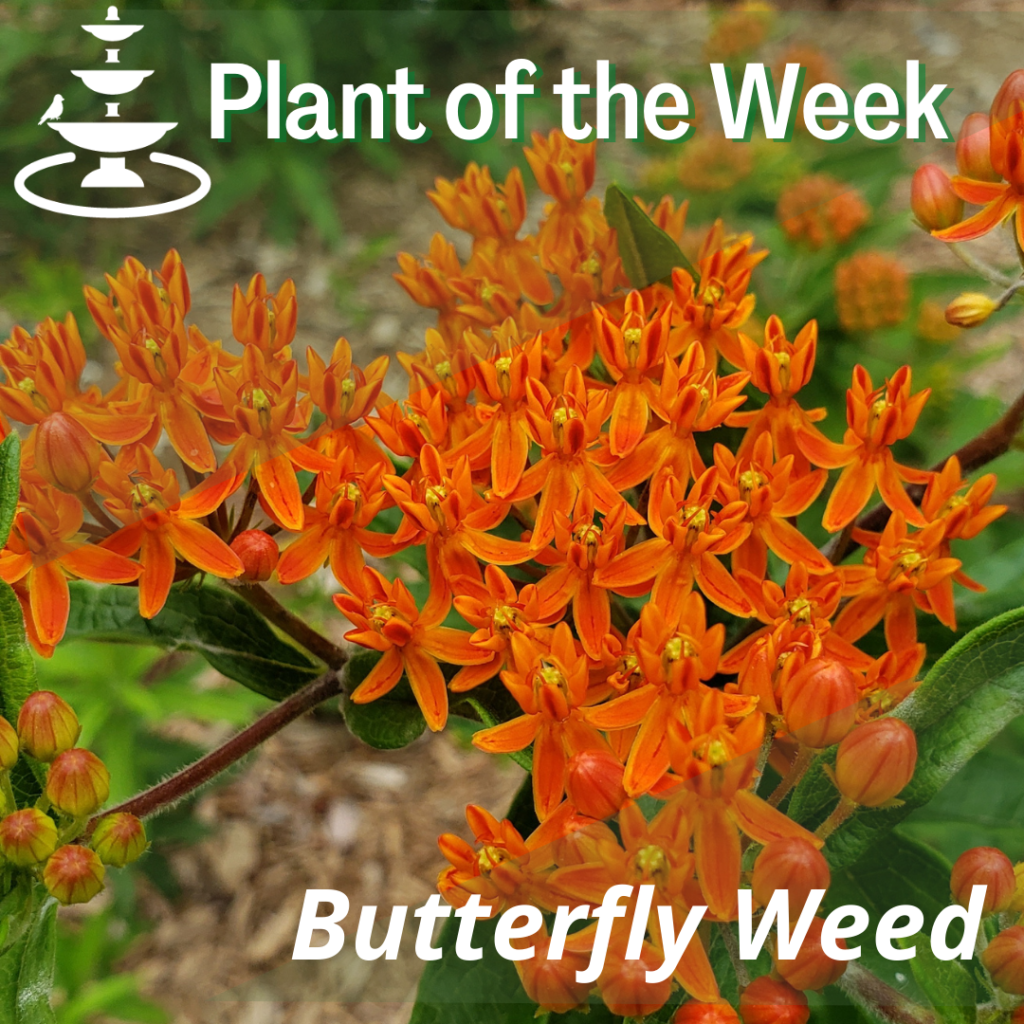
Butterfly Weed: The most famous member of the native milkweed family, it is a magnet for butterflies. Long-lasting clusters of small, orange flowers are crowned with a yellow, sun-kissed “corona” and bloom from June through August/September. Butterfly Weed is an important nectar source for Monarch butterflies and its leaves provide essential food for developing Monarch caterpillars – but expect to see a variety of pollinators making use of this plant. You can find this plant in St. James Park in the west oval garden, east of the cherub statue.
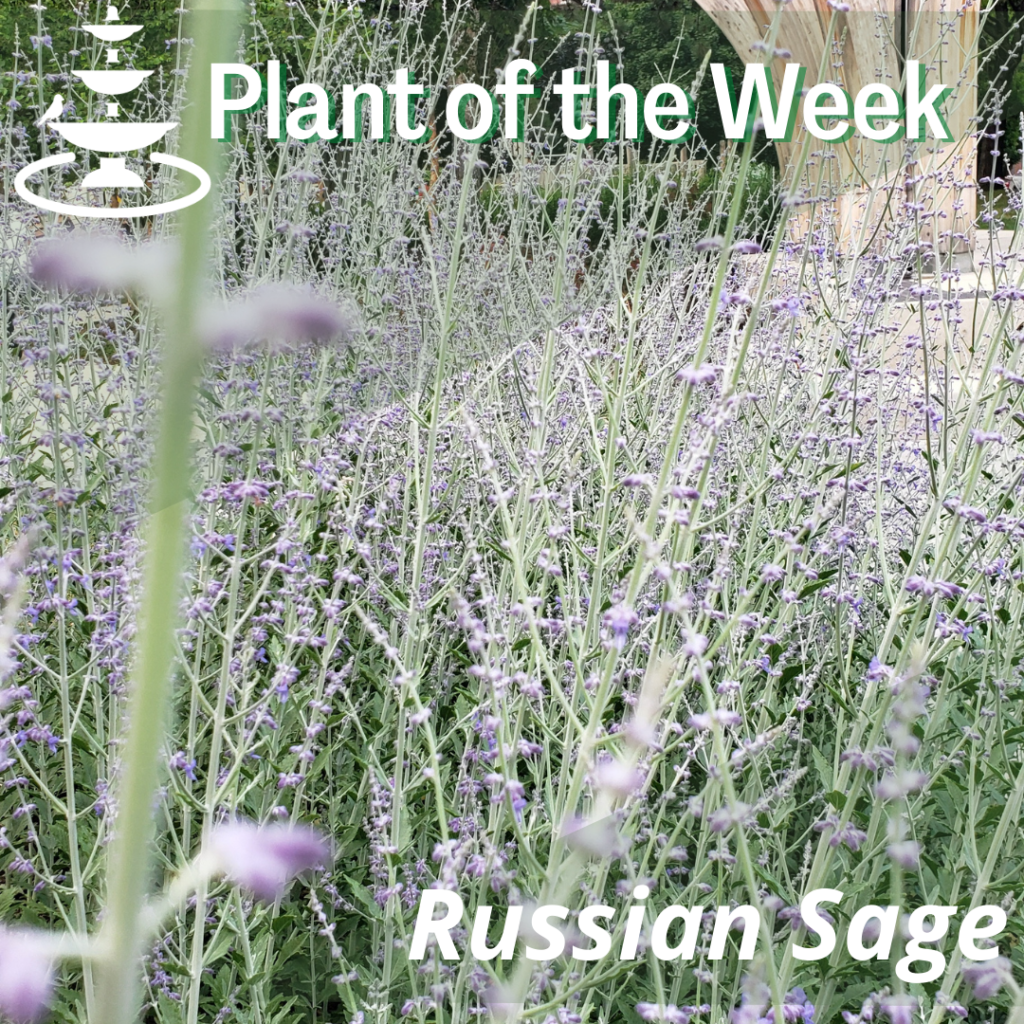
Russian Sage: This easy to grow plant grows best in warm climates and needs full sun to produce lots of flowers and sturdy stems, which are less likely to flop over as they grow taller and makes them a perfect backdrop for the benches in the park’s plaza. Russian Sage is often mistaken for lavender when in bloom and has a unique fragrance that is believed to help keep mosquitoes away.

Coral Bells: Heuchera micrantha ‘Palace Purple’ is commonly known as Coral Bells. Located in the garden’s east oval, it does well in the shade under the tree. This popular perennial grows in a foot high rounded clump of deep green or purple maple-shaped leaves with beet-red colouring on the underside of the leaf. It flowers in late spring to early summer when clusters of tiny, pinkish white, bell-shaped flowers bloom on long, slender stems that extend up to 20 inches above the mound of foliage.
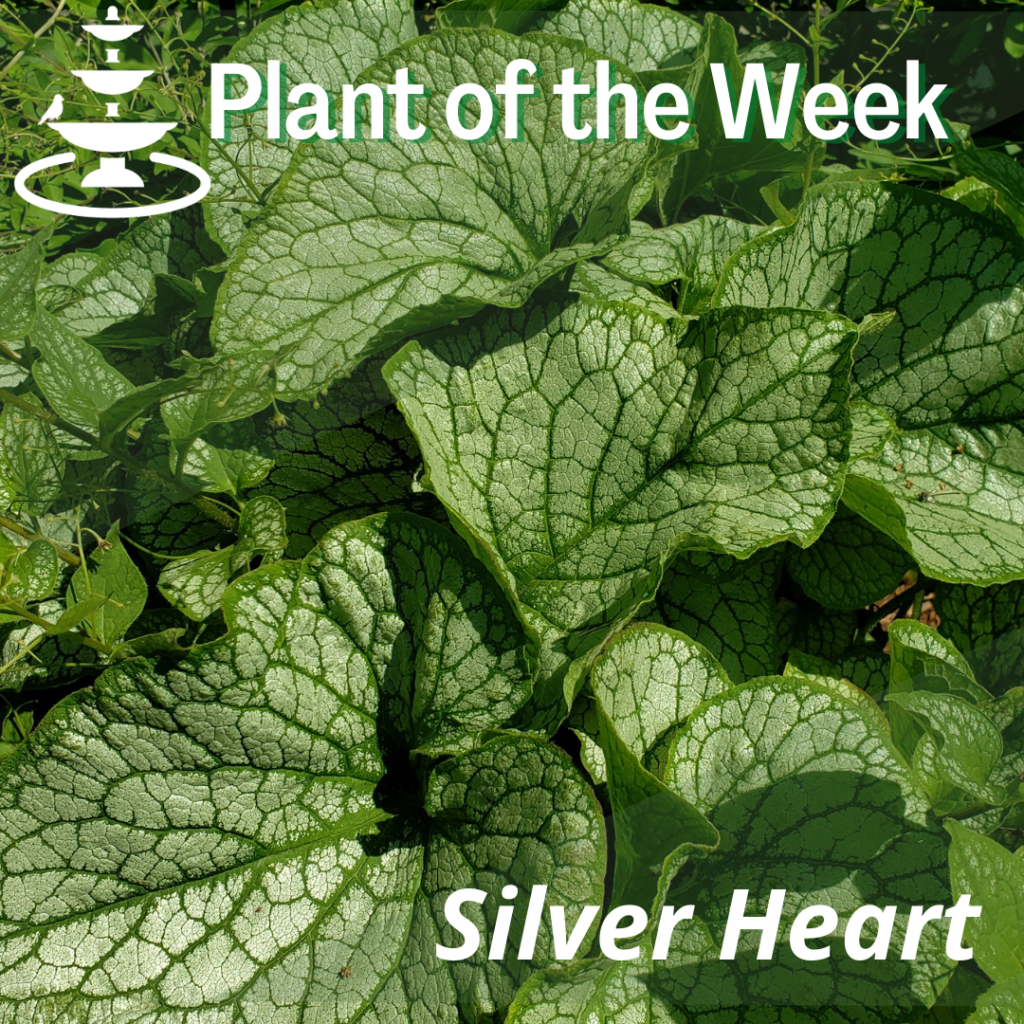
Silver Heart: It earned its name from its heart shaped leaves and almost-metallic colouring with pronounced green veins. In the spring, small blue flowers that resemble Forget-me-nots appear. It grows 6-12 inches tall and is a forgiving plant, happy to grow in garden beds, pots, full shade and full sun. You can find this plant in the east oval garden.
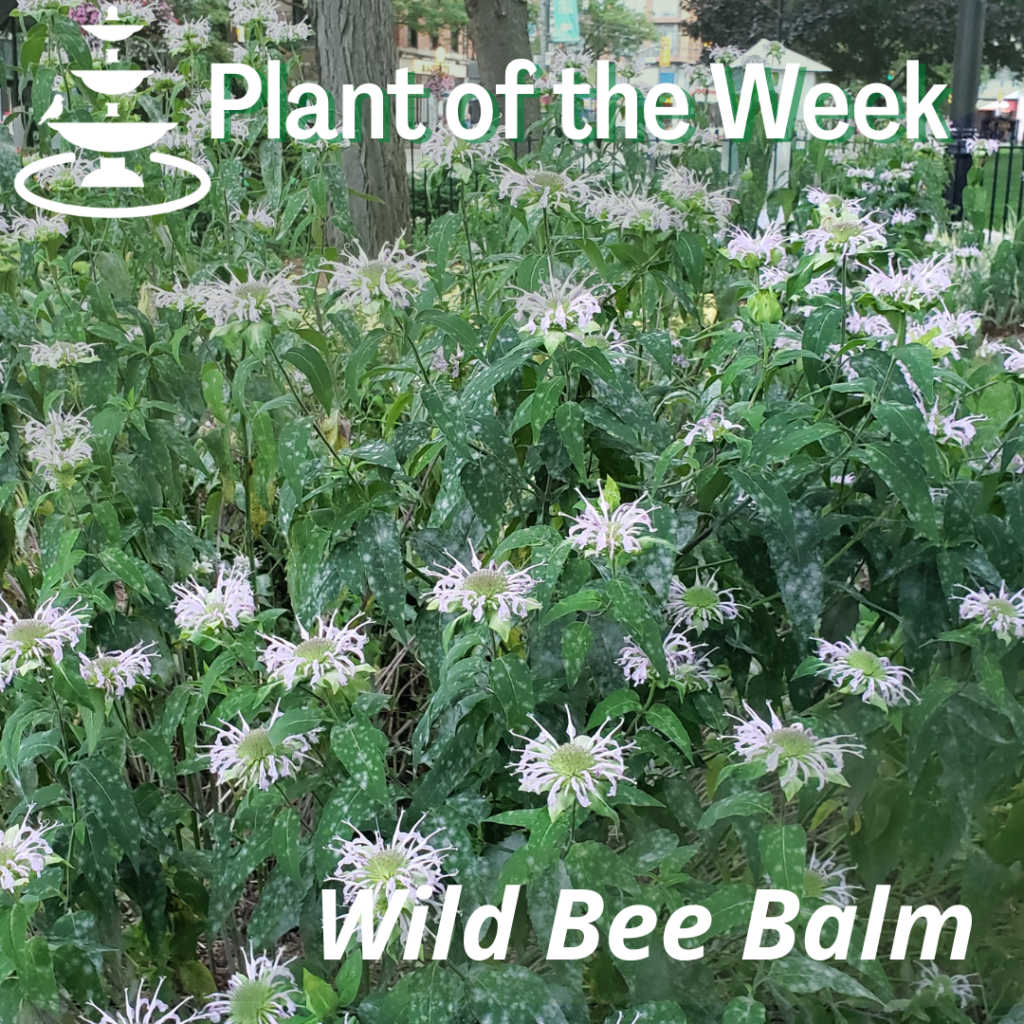
Wild Bergamot or Wild Bee Balm: Native to most of North America, it is a popular plant for pollinator gardens. It is called Bee Balm because bees are known to feed on this plant to heal when they are sick. Butterflies and hummingbirds are also partial to the ragged lilac blooms. The leaves smell minty and can be used to make mint tea. There is a rather large clump of this plant—they grow 2-4’ in height—in the west oval and east triangle gardens.
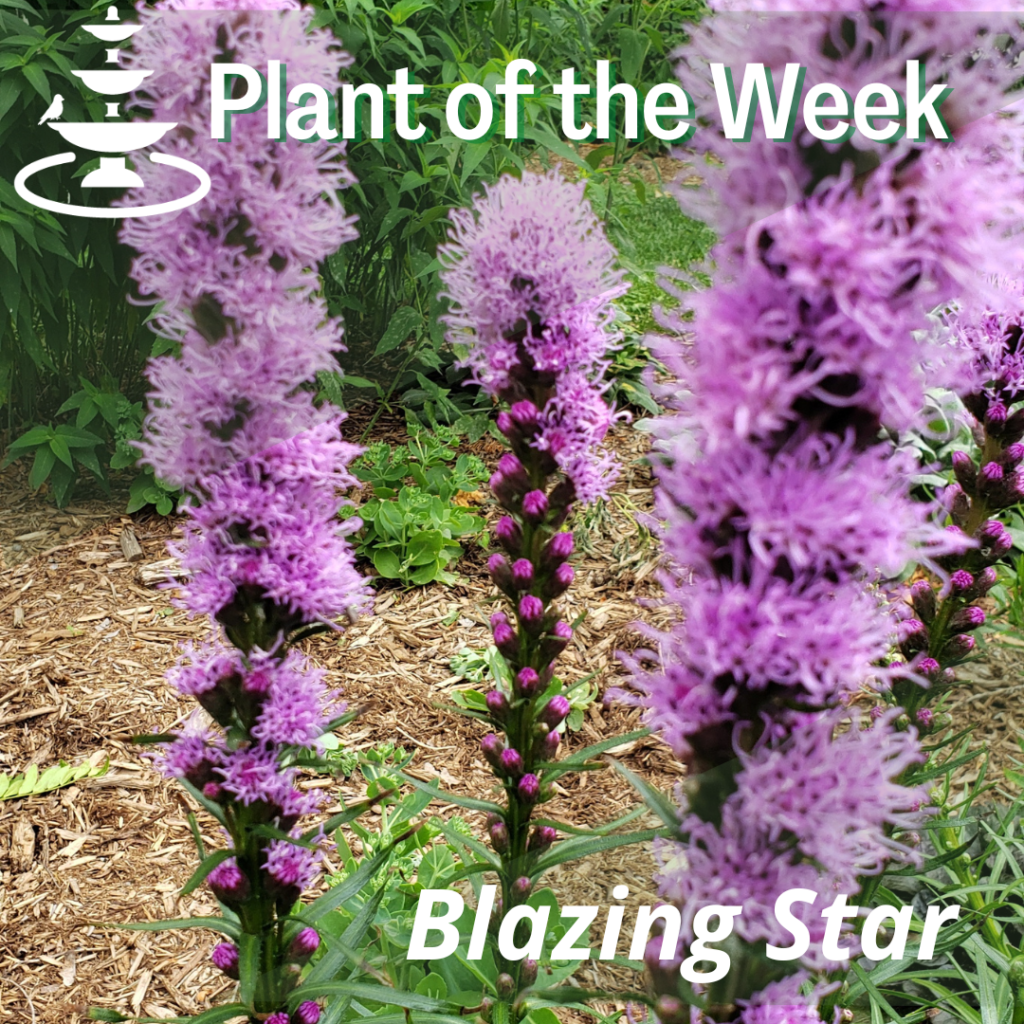
Gay Feather or Blazing Star:. It is easy recognized by its vertical fluffy flowers that grow along its stem in purple, pink, lavender or white. They can grow between two and three feet tall. These nectar-rich flowers can attract butterflies and other pollinators. They love sunlight but are otherwise low-maintenance and non-toxic to animals. These plants start growing in late July and can flower through August and September. You can find them in the west oval garden.
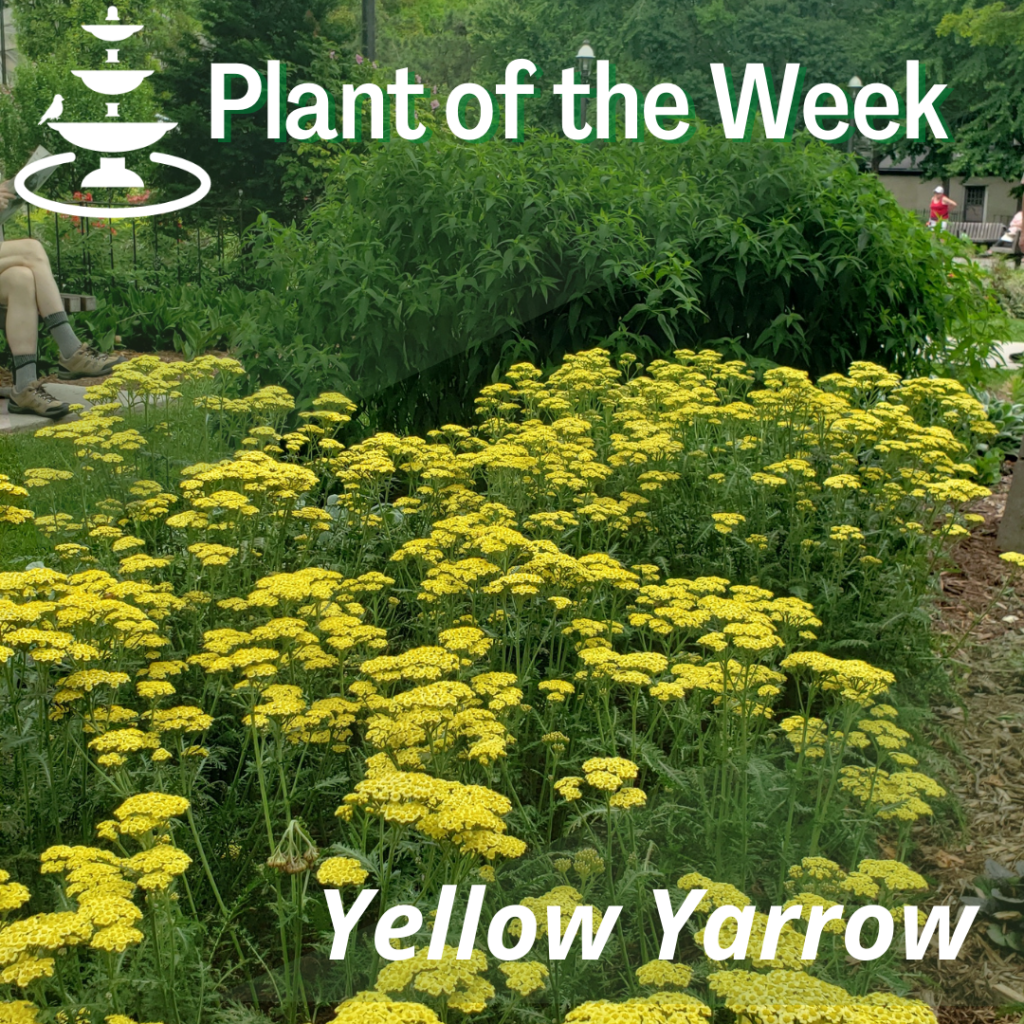
Yarrow: This plant has many intriguing names: gordaldo, poor man’s pepper, nosebleed plant, and soldier’s woundwort, or plumajillo, Spanish for “little feather” due to the feathery shape its leaves. Yarrow bears an umbrella-like canopy of clustered blooms that bloom almost all summer long and come in several colours, white, pink, and yellow, like the ones found in the west oval and east triangle garden.
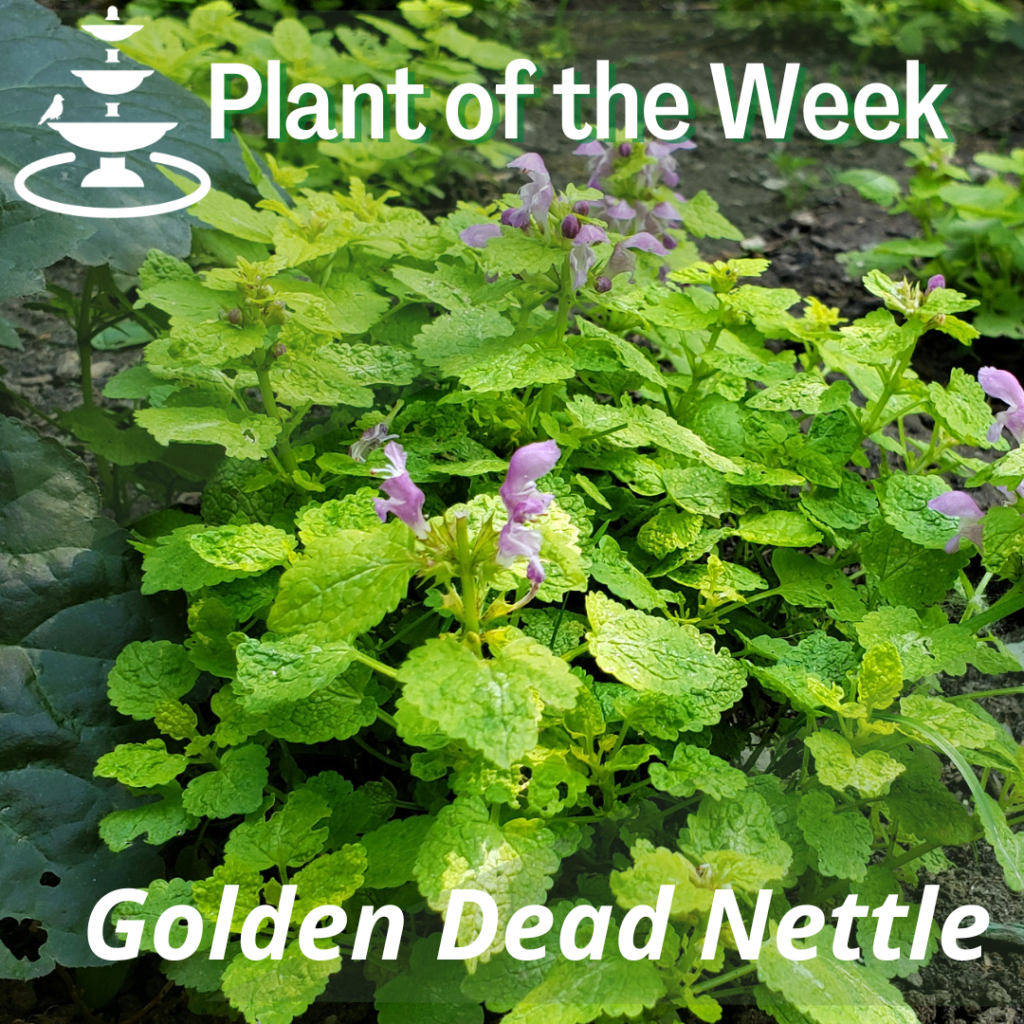
Golden Dead Nettle: It is a great shade ground cover and its foliage brightens up shady areas even when not in bloom, making it good for the tricky conditions in the east oval garden. This is not a well behaved plant! Their stems root where they touch the soil, eventually forming a fast spreading mat. Called dead nettle because its leaves resemble stinging nettles with no ability to sting.
